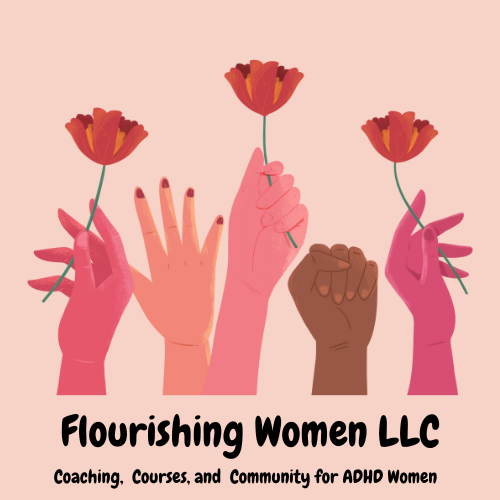Designing Neurodivergent-Friendly Play Spaces
Play is essential for every child’s development. But for many neurodivergent children and their families, traditional playgrounds can feel more stressful than supportive!

Whether due to overwhelming sensory input, physical barriers, or social stigma, many families struggle to find public play spaces where their kids can truly thrive. Neurodivergent-friendly play spaces aim to change that—by centering sensory, physical, emotional, and community accessibility in their design.
🎧 Sensory-Inclusive Design
Neurodivergent children often experience the world differently through their senses. To support their unique sensory needs, neuroinclusive play spaces should include:
- Sensory corners or rooms with soft lighting, tactile toys, fidget bins, and calming visuals (e.g., lava lamps, bubble tubes)
- Quiet zones separated from high-energy areas, using sound-dampening materials or cozy nooks
- Varied sensory equipment like trampolines, hammock swings, musical walls, or crash pads that allow for sensory seeking and self-regulation
- Lighting control to avoid harsh fluorescents and overstimulation
These features help children avoid meltdowns while creating opportunities to explore, recenter, and feel safe in their environment.
🛝 Physical Accessibility & Safety
Inclusive play spaces must accommodate mobility needs and prioritize safety, especially for children prone to wandering or elopement.
- Fully accessible design: Ramps instead of stairs, wide paths for wheelchairs, and ADA-compliant equipment
- Secure perimeter fencing to prevent running off
- Soft, non-slip surfacing (rubber flooring, foam mats) for injury prevention and ease of use
- Clear layout with visual markers, predictable pathways, and pictorial signage for non-readers and non-verbal kids
The goal is to reduce uncertainty and risk—making the space not just fun, but truly safe.
👧🏽 All Ages, All Abilities
A neurodivergent-friendly space supports the full developmental spectrum. This includes:
- Infant/toddler zones with age-appropriate, soft-mat play
- Scaled-up equipment for older or larger children with developmental delays
- Changing tables and restrooms suitable for children beyond toddler age
- Flexible structures that caregivers can use alongside children for one-on-one support
Every child—regardless of age or ability—deserves to find joy in play.
👪 Caregiver-Inclusive Design
Parents and caregivers are essential users of the space. Design should support them too:
- Open layouts for easier supervision
- Comfortable seating and outlets for caregivers
- Quiet nursing/pumping areas
- Judgment-free culture that welcomes stimming, meltdowns, and visible support needs
The ethos: families should never feel like they need to apologize for their child’s way of being.
💰 Affordability and Access
Truly inclusive spaces are financially accessible:
- Nonprofit or sliding-scale models
- Free community days or grant-funded access for low-income families
- Public park upgrades using universal design principles
No child should be excluded from play because their family can’t afford admission.
🧩 Community Co-Design
The best play spaces are co-created with the community:
- Parent, therapist, and child input shapes the design
- Pilot testing of layouts and equipment with local families
- Feedback loops that evolve policies and environments over time
This leads to spaces that truly reflect what families want and need.
🌱 Grassroots Innovation
Parents, educators, and advocates are leading the way:
- Homegrown sensory gyms, like We Rock the Spectrum, started by parents of neurodivergent kids
- DIY playgrounds built in backyards, church halls, and community centers
- Local entrepreneurs turning their lived experience into inclusive business models
These bottom-up solutions often offer the most customized, heartfelt designs.
🧠 Developmental and Therapeutic Benefits
Inclusive play isn’t just about fun—it’s essential for growth:
- Supports motor skills and regulation through physical activity
- Encourages social interaction through side-by-side play and shared equipment
- Builds confidence and self-esteem in affirming, non-judgmental settings
- Serves as therapeutic space for kids who benefit from movement and sensory input
With the right environment, play becomes a powerful tool for development.
💞 Belonging and Social Integration
When neurodivergent and neurotypical children play together:
- Friendships form across ability lines
- Stigma fades through natural interaction
- Families connect and share experiences
These spaces send a powerful message: everyone belongs.
🏗️ Principles of Neuroinclusive Design
Designing with neurodivergence in mind means:
- Multi-sensory engagement with adjustable stimulation
- Step-free access and inclusive equipment
- Safety-first design (e.g., fencing, visual cues, secure exits)
- Visual communication tools (signs, schedules, symbols)
- Flexible zones for different energy levels and age groups
- Ongoing feedback and adaptability
Inclusion isn’t an afterthought—it’s the foundation.
✨ Final Thoughts
Every child deserves a place where they can be themselves, play freely, and feel safe. Neurodivergent-friendly play spaces make this possible through thoughtful design, community collaboration, and a deep respect for every child’s needs. These spaces don’t just change playtime. They change lives.
Inspired by:
